
Drayage services in freight brokerage involve the short-distance transport of cargo, typically between ports, rail yards, and warehouses. It plays a crucial role in intermodal shipping by ensuring seamless movement of containers between different transport modes. Drayage helps reduce delays, optimize supply chain efficiency, and facilitate last-mile delivery for businesses.
Drayage services in freight brokerage are essential for short-distance cargo movement between ports, rail yards, and warehouses. They help connect different transportation modes and improve logistics efficiency. By using the right drayage strategy, businesses can reduce costs, avoid delays, and streamline their supply chain.

Truckload services in freight brokerage involve the transportation of large shipments that fill an entire truck, either as Full Truckload (FTL) or Less-Than-Truckload (LTL). FTL is ideal for high-volume shipments requiring direct delivery, while LTL consolidates multiple smaller shipments to optimize costs. These services ensure efficient, cost-effective, and timely freight movement across industries.
Freight brokerage truckload services cater to a variety of shipping needs, from full truckload (FTL) and LTL to specialized solutions like reefer, flatbed, and hazmat transport. Choosing the right service depends on freight size, urgency, handling requirements, and budget.
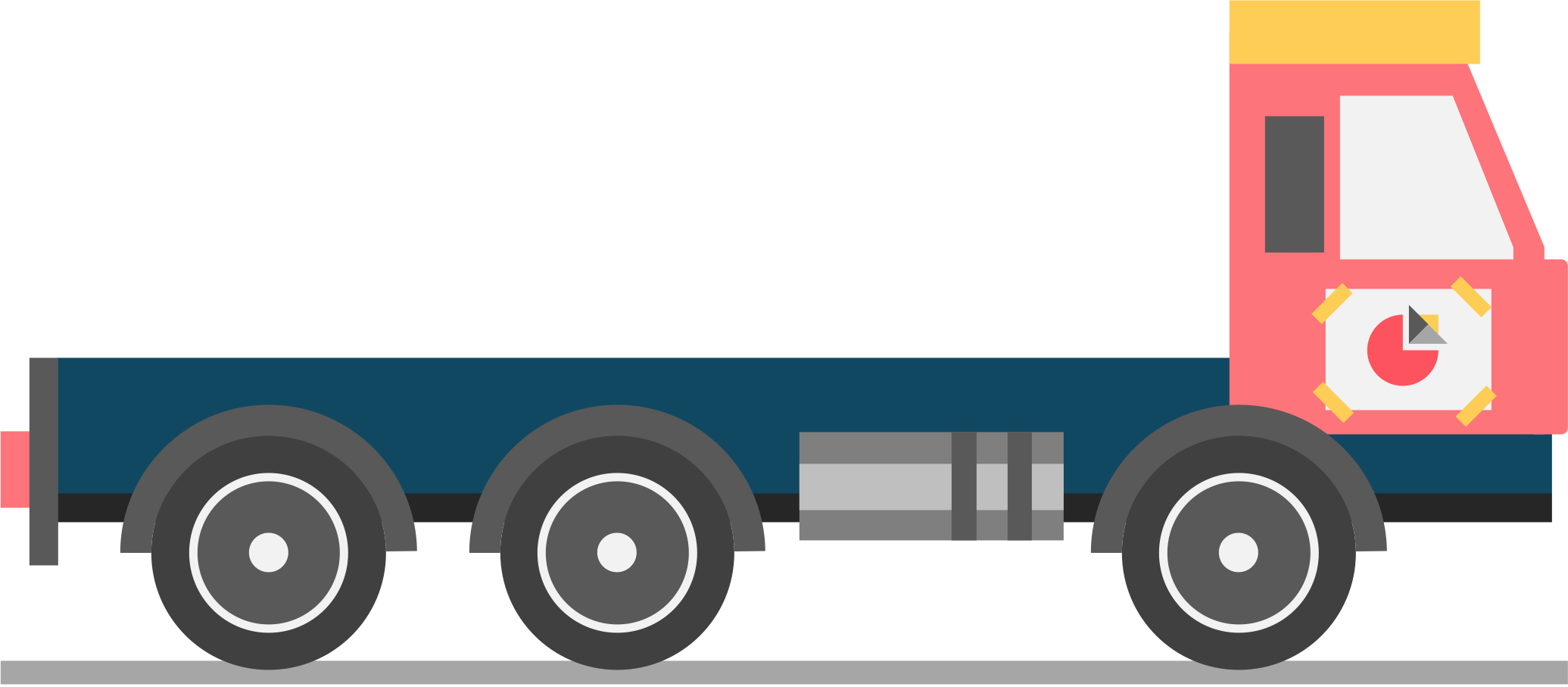
A flatbed truck is a type of vehicle that features an open, level bed without sides or a roof. This design makes it highly versatile for transporting goods and equipment that may not fit in enclosed trucks. Its open structure allows for easy loading and unloading from all sides, making it ideal for oversized and irregularly shaped cargo.
Flatbed trucks are essential across multiple industries, from construction and agriculture to logistics and emergency services. Their flexibility makes them an indispensable asset for transporting large, heavy, or irregularly shaped cargo.
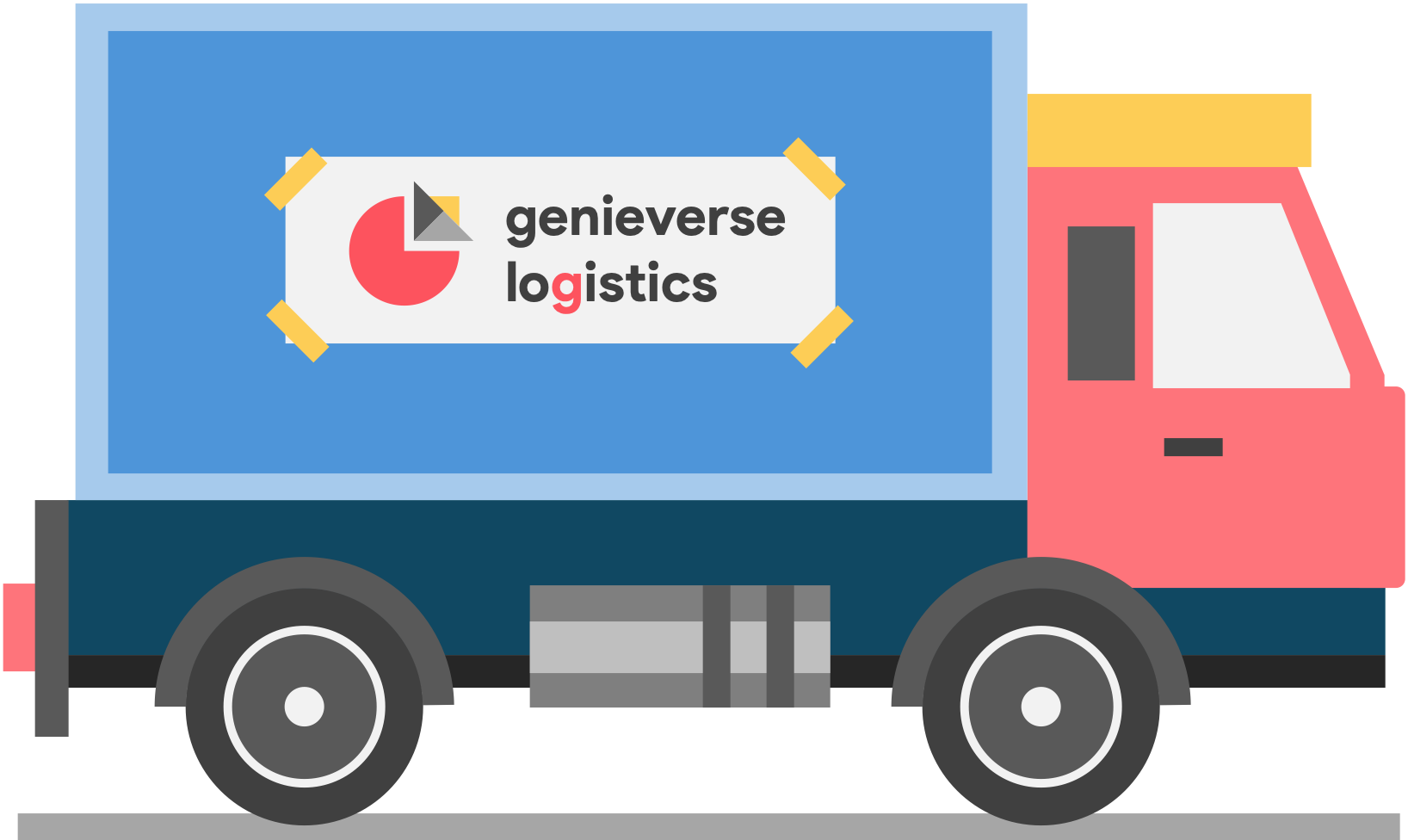
A dry van is an enclosed, non-climate-controlled trailer used to transport goods that do not require refrigeration. These are the most common types of freight trailers, offering protection from weather, theft, and road debris. Dry vans are widely used in the trucking and logistics industry for moving various types of cargo.
Retailers and manufacturers rely on dry vans to move products efficiently across supply chains.
Dry vans are ideal for food products that do not require temperature control.
Auto manufacturers and repair shops rely on dry vans to transport essential supplies.
With the rise of online shopping, dry vans play a crucial role in last-mile logistics.
Dry vans protect industrial materials from environmental damage.
Pharmaceuticals that do not require refrigeration can be safely transported in dry vans.
Dry vans are the backbone of freight transportation, used across various industries for moving general goods, packaged food, electronics, auto parts, and more. Their affordability, security, and flexibility make them the most widely used trailers in trucking and logistics.
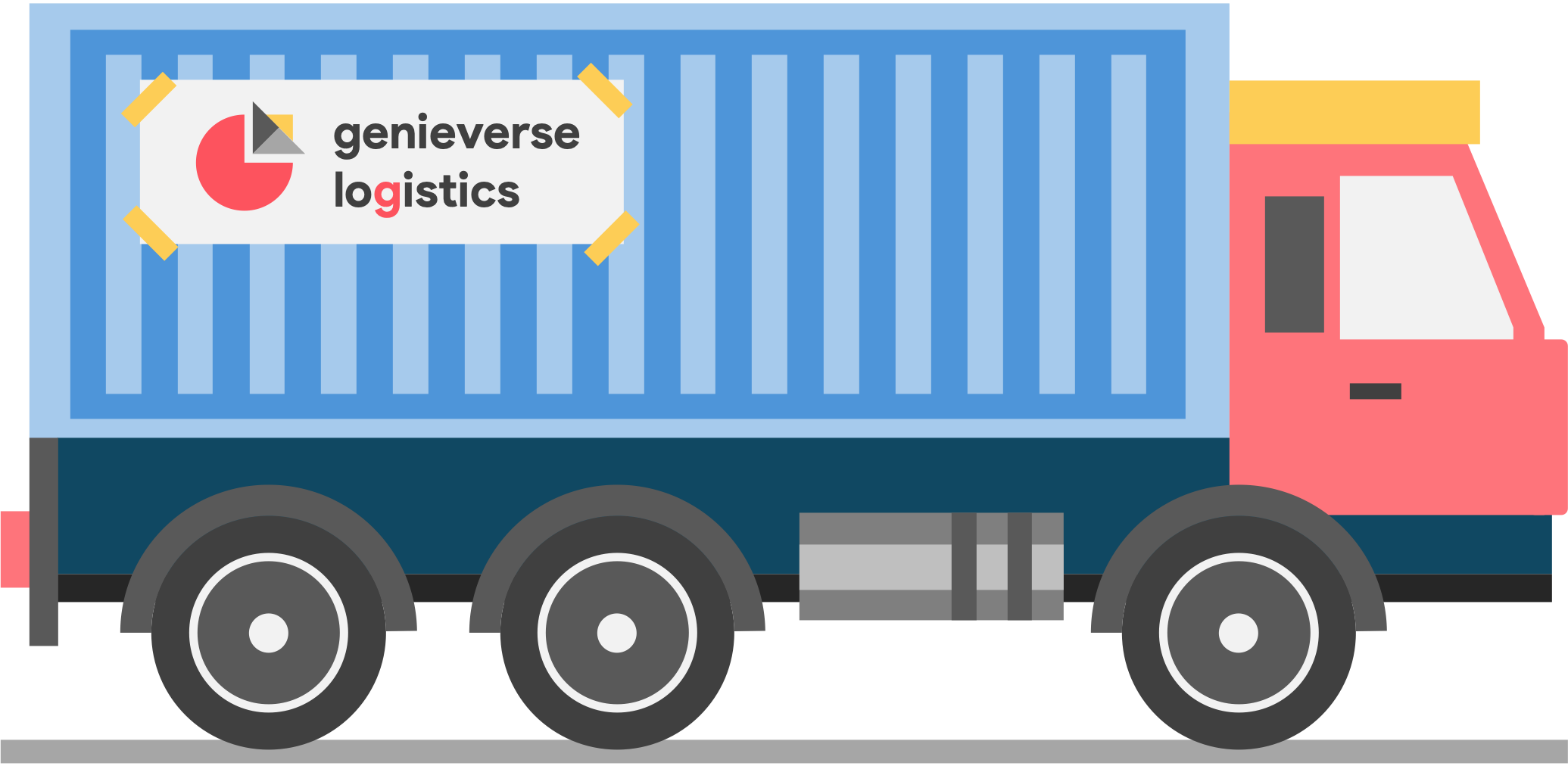
A reefer truck (short for "refrigerated truck") is a vehicle equipped with a refrigeration unit that keeps cargo at a controlled temperature during transport. These trucks are essential for transporting perishable and temperature-sensitive goods over short and long distances.
Reefer trucks ensure that food items stay fresh, reducing spoilage and contamination risks.
Pharmaceuticals often have strict temperature requirements, and reefer trucks play a vital role in maintaining product integrity.
Reefer trucks are essential for transporting temperature-sensitive goods safely and efficiently. From fresh food and medicines to flowers and cosmetics, these trucks play a crucial role in supply chains worldwide. Their ability to maintain precise temperature conditions ensures product quality and safety across various industries.
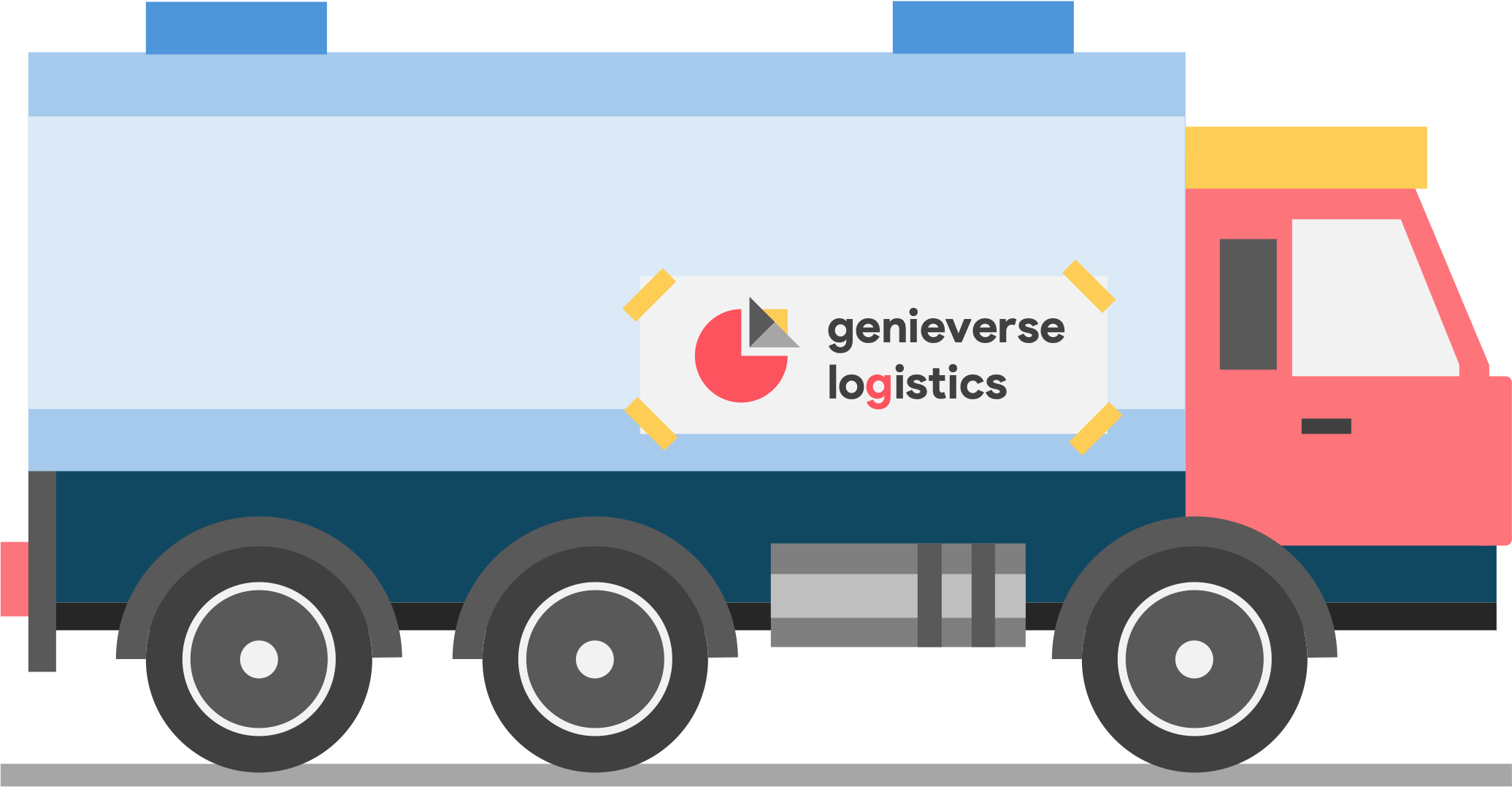
A tanker truck is a specialized vehicle designed to transport liquids, gases, or dry bulk materials. These trucks come in different sizes and capacities, with tanks made of stainless steel, aluminium, or carbon steel, often equipped with insulation, compartments, or pressurization systems.
Tanker trucks play a vital role in the energy sector, ensuring a continuous supply of fuel.
Strict safety regulations apply due to the dangerous nature of these materials.
Food-grade tankers are specially designed to maintain hygiene and prevent contamination.
Tanker trucks help distribute essential agricultural products efficiently.
These trucks use pressurized systems to unload dry materials efficiently.
Vacuum tankers are used for waste management and environmental cleanup.
Tanker trucks are essential in various industries, from fuel and chemicals to food and waste management. Their ability to transport liquids, gases, and dry bulk materials in a safe and efficient manner makes them a critical part of global supply chains.
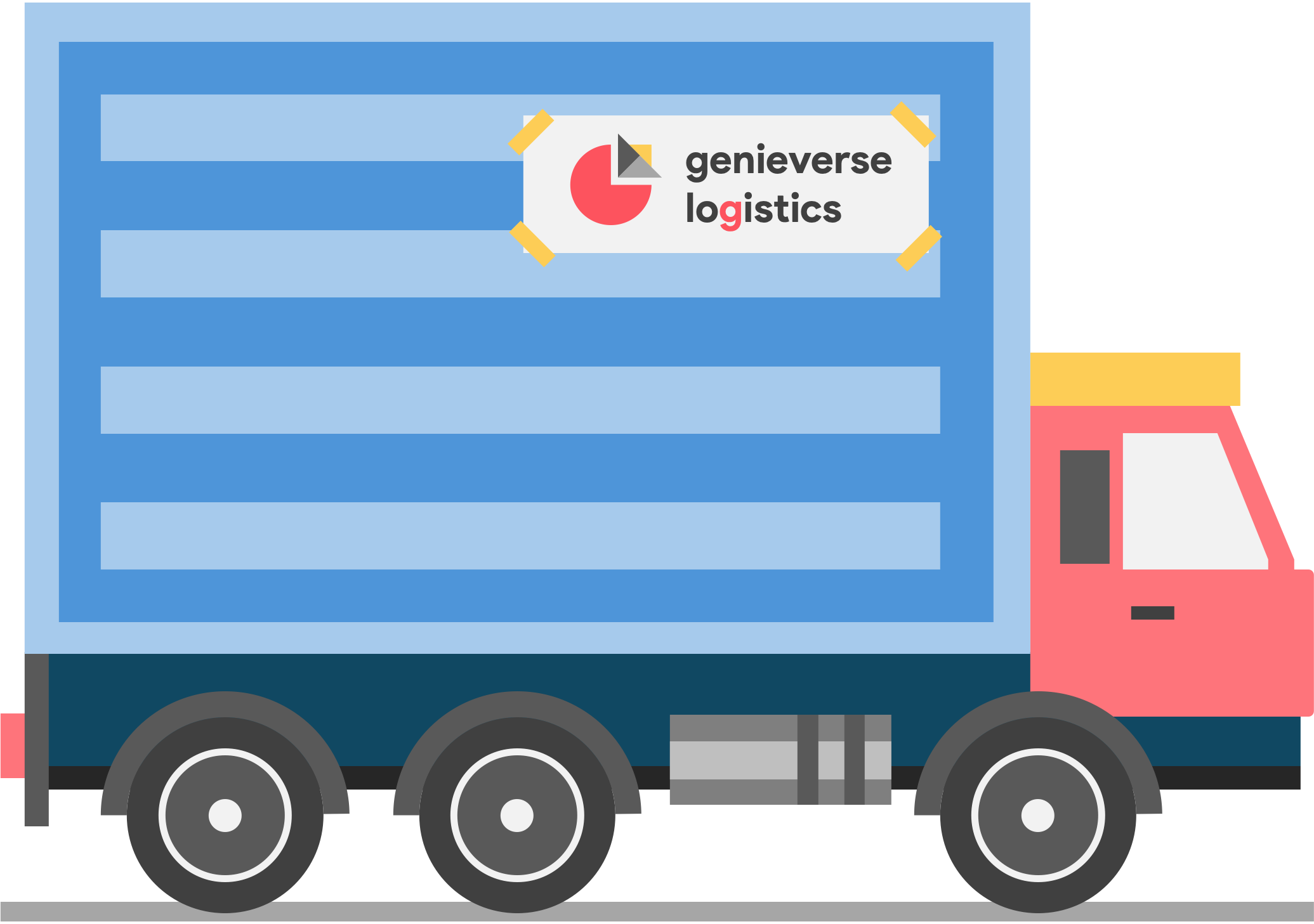
Overweight shipments exceed standard weight limits set by the Department of Transportation (DOT) and individual state regulations. These shipments require special permits, route planning, and specialized equipment to ensure safe and legal transportation. In freight brokerage, overweight shipments involve extra logistics coordination, including compliance with weight restrictions, securing permits, and working with specialized carriers.
According to the Federal Highway Administration (FHWA), the maximum legal weight for commercial trucks without special permits is:
If a shipment exceeds these limits, it is classified as an overweight load and requires special handling.
Overweight shipments require permits from state and local authorities, as weight limits vary by jurisdiction. Freight brokers assist with:
Important: Some routes restrict overweight shipments, requiring alternate routing.
Freight brokers work with carriers that provide:
Freight brokers ensure overweight shipments follow legal routes and avoid restricted areas like:
Solution: Brokers use route optimization software to plan the safest and most efficient path.
Overweight shipments in freight brokerage require careful planning, special permits, route coordination, and specialized equipment. By working with experienced carriers and ensuring regulatory compliance, freight brokers help businesses transport heavy cargo efficiently and legally.
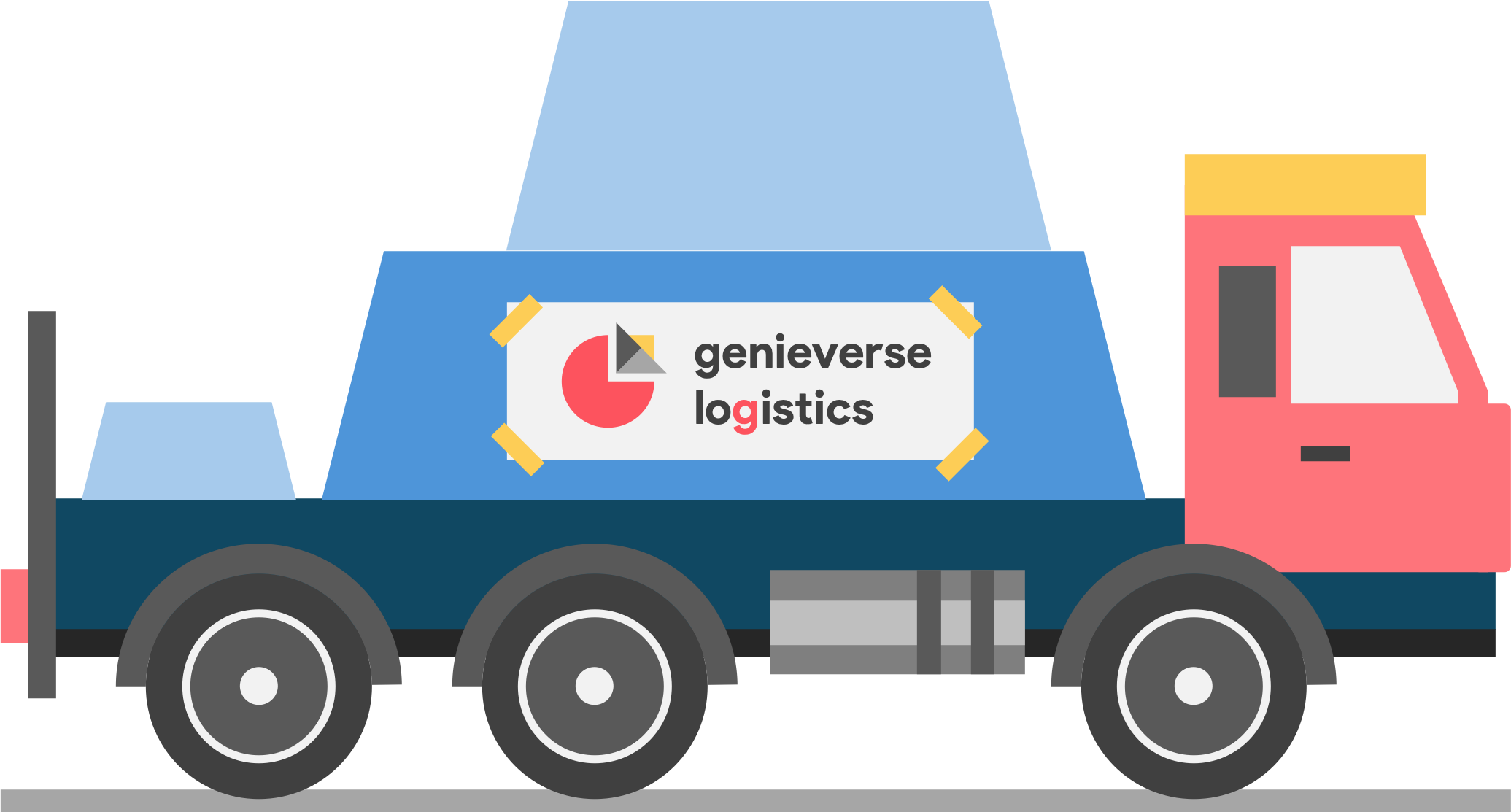
An Out of Gauge (OOG) shipment refers to cargo that exceeds the standard dimensions of a shipping container or transport vehicle. These oversized or irregularly shaped shipments require special handling, equipment, and permits to be transported safely. Freight brokers play a key role in arranging OOG shipments, ensuring compliance with regulations, securing specialized transport, and optimizing routes to avoid restrictions.
Out of Gauge (OOG) shipments require specialized transport, permits, and route planning due to their oversized dimensions. Freight brokers help businesses navigate these challenges by securing the right equipment, ensuring compliance, and optimizing logistics.
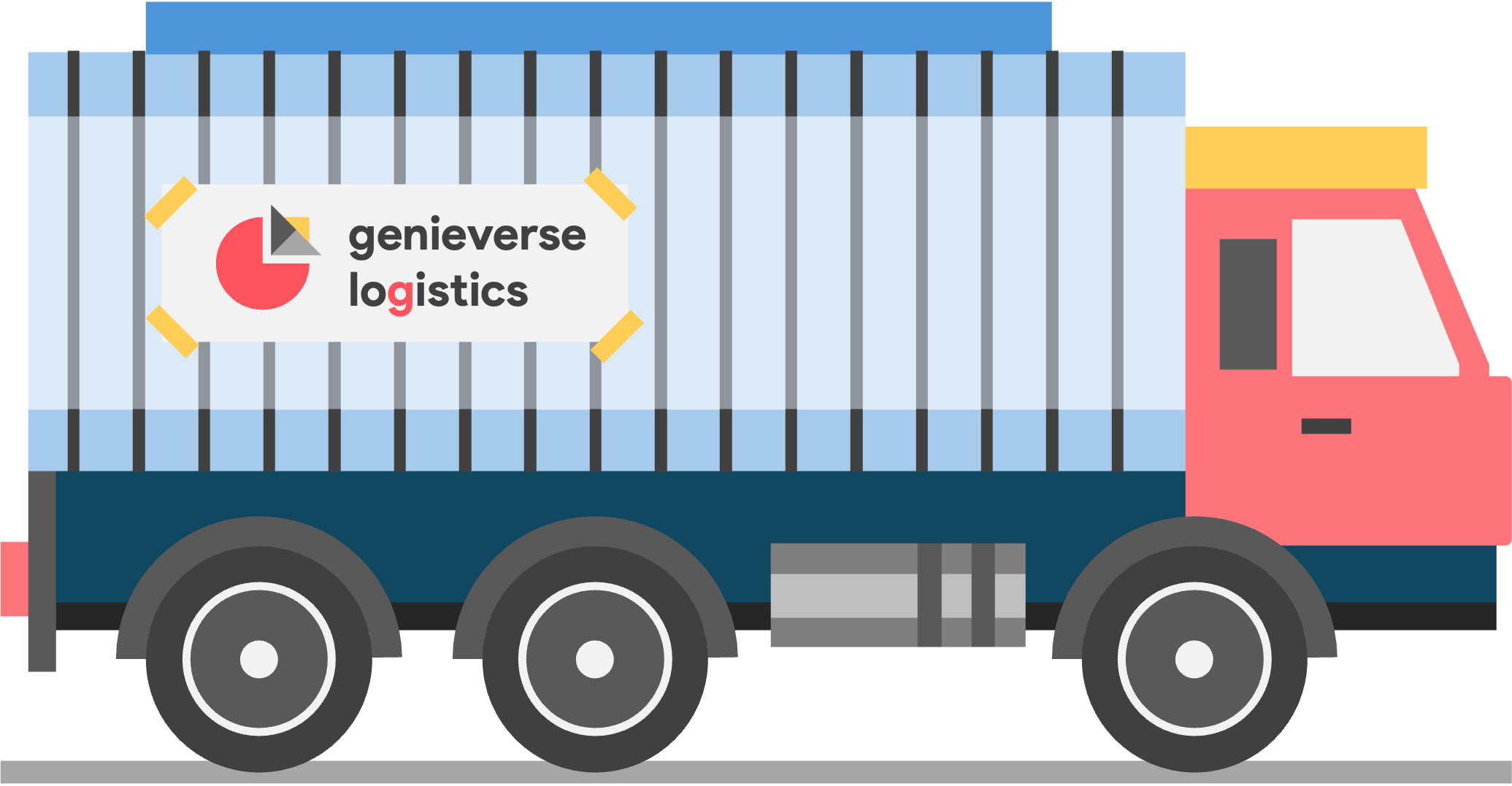
Hazardous materials (hazmat) shipments involve the transportation of dangerous goods that pose risks to health, safety, and the environment. These materials include chemicals, flammable liquids, gases, explosives, and radioactive substances. Freight brokers and carriers handling hazmat shipments must comply with strict Department of Transportation (DOT), Environmental Protection Agency (EPA), and Hazardous Materials Regulations (HMR) guidelines.
Hazmat shipments are categorized into nine classes based on the type of risk they pose:
Hazmat shipping is a complex but essential part of freight brokerage. Strict regulatory compliance, safety protocols, and specialized transport solutions ensure that hazardous materials are moved safely and efficiently. By partnering with qualified hazmat carriers, freight brokers help businesses navigate legal requirements and reduce transportation risks.
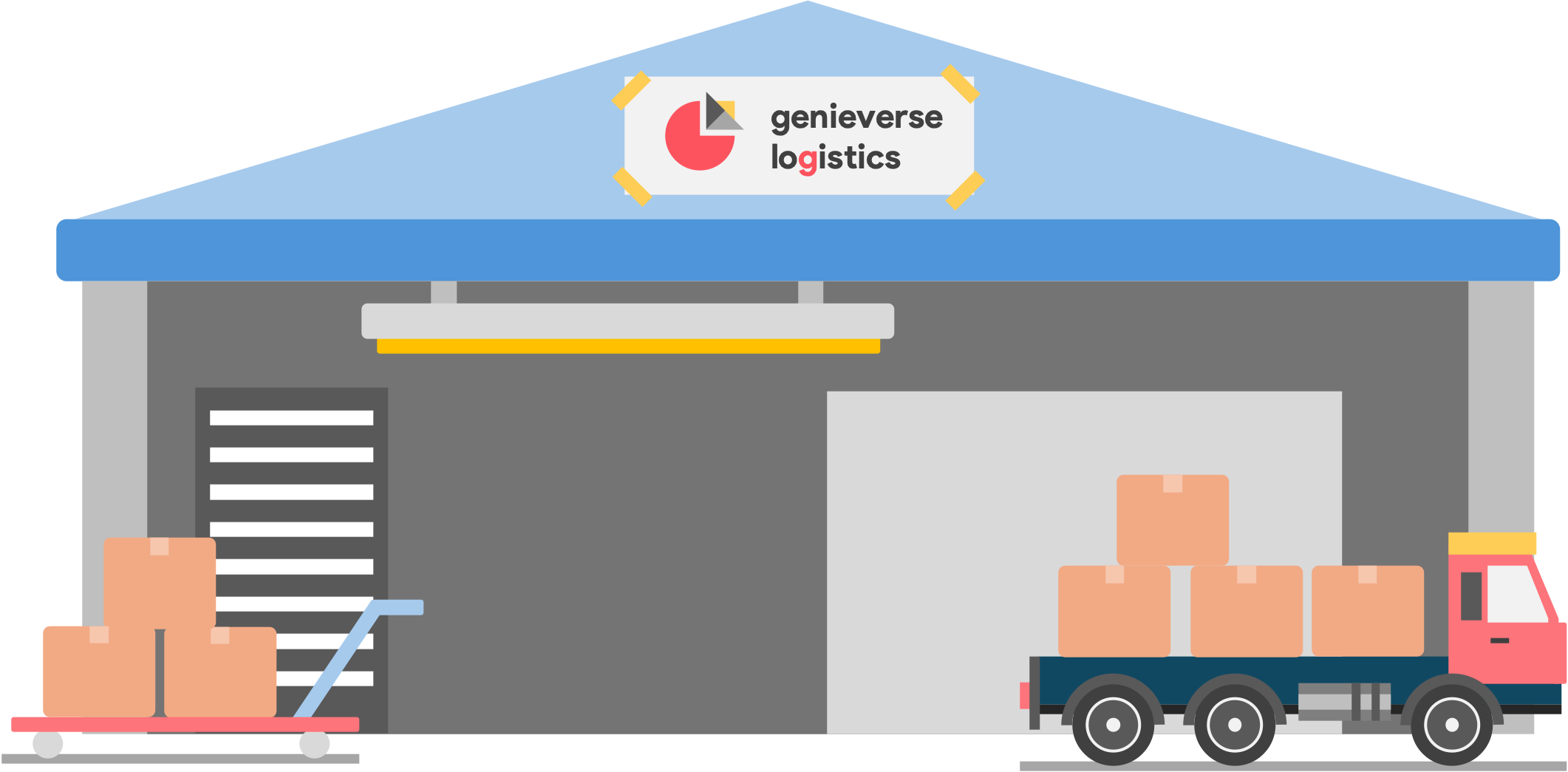
Warehousing plays a crucial role in freight brokerage by offering storage, inventory management, and distribution solutions. These services enhance supply chain efficiency, reduce costs, and provide flexibility for businesses optimizing logistics operations.
Warehousing services in freight brokerage streamline the supply chain by offering storage, inventory management, and distribution support. These services enhance efficiency, reduce costs, and provide flexibility for businesses looking to optimize their logistics operations.